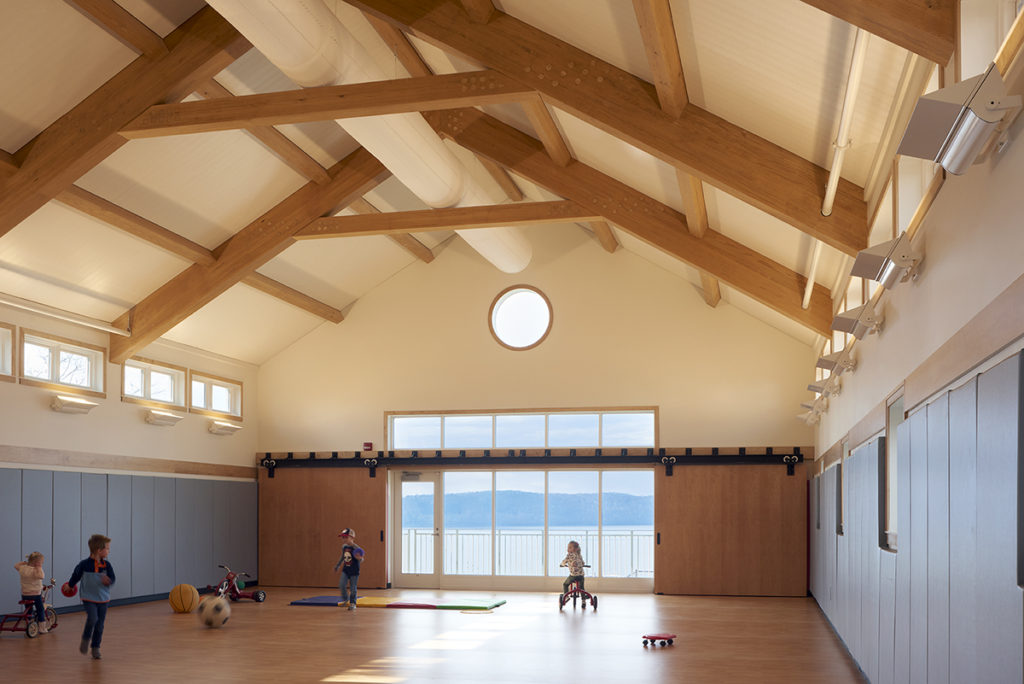

Location:White Plains, NY
Size:90,000 square feet
Completion Date:2009
Awards:AIANYS Excelsior Award, Bronze Brick in Architecture, Illumination Award, Learning by Design Outstanding Project
The project for the Post Road Elementary School involved the replacement of an aging traditional 1914 school building with a vibrant 21st Century educational facility that has earned an Energy Star rating of 100 and at the time completion it was the most energy-efficient public school in New York State. The goal was to create an inviting and engaging neighborhood school that supported the district’s emerging programming and enrollment needs while utilizing responsible design solutions.
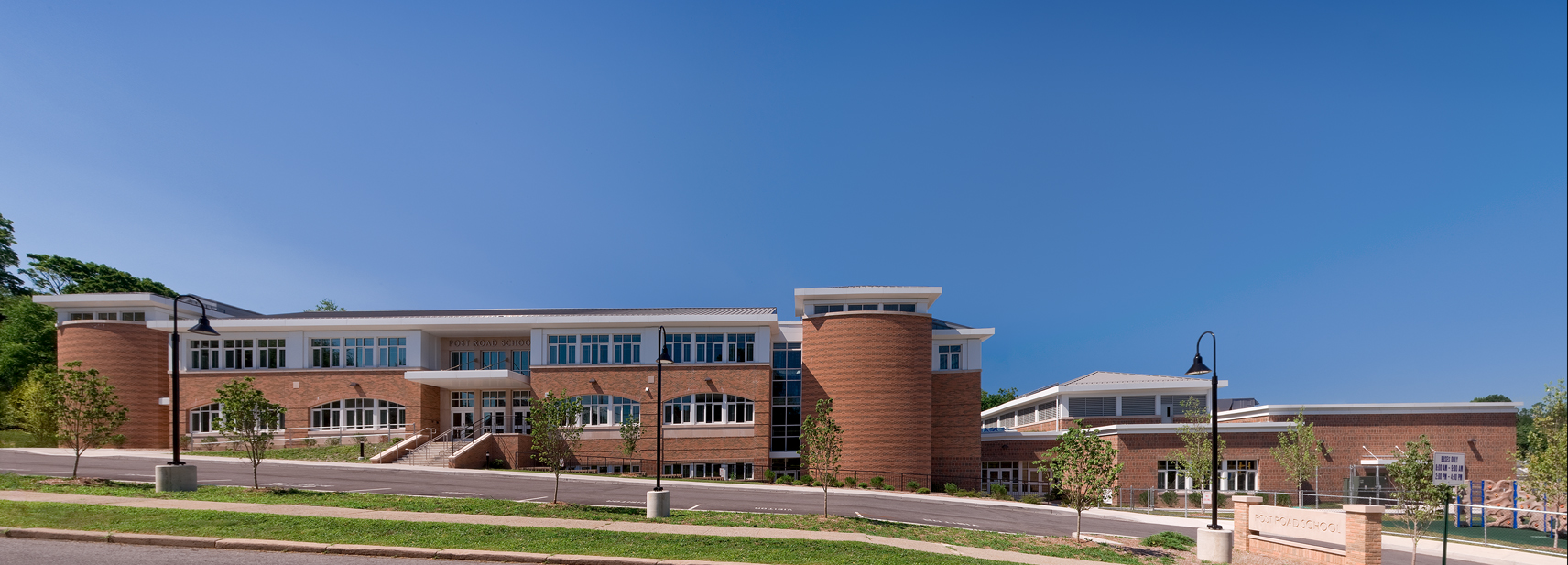
The 95,000sf replacement school consists of a two-story classroom building with a central courtyard. The courtyard provides indoor/outdoor connection and offers an informal, multipurpose meeting and teaching space. The two classroom level plans evenly divide lower and upper grades and utilize three 5-classroom groupings to delineate the grade level clusters. Special subjects are incorporated into each level and take advantage of the courtyard. By locating the assembly spaces together—cafeteria, gymnasium and library--the school district has the ability to open the campus and community spaces to the neighborhood while securing the classroom spaces.
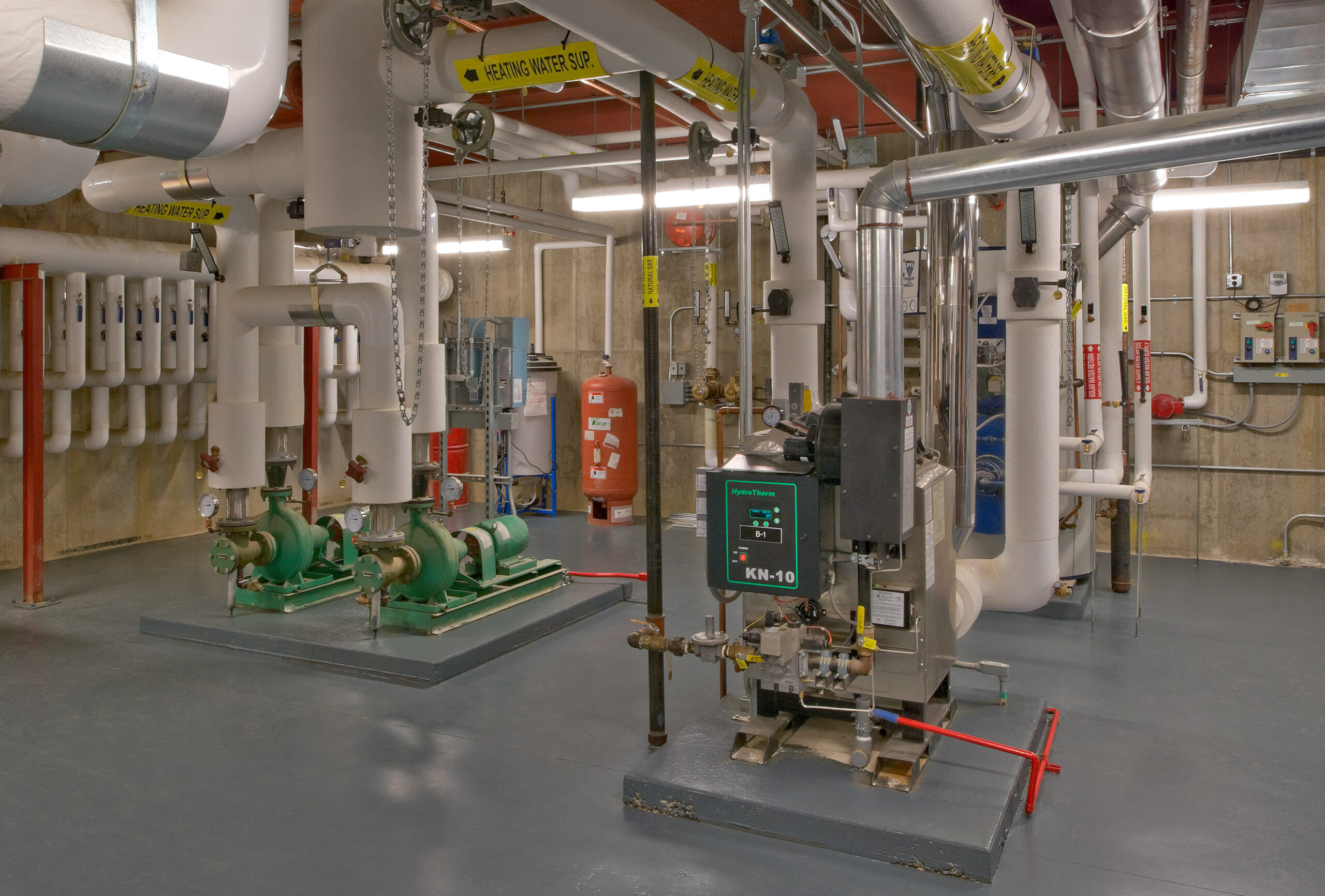

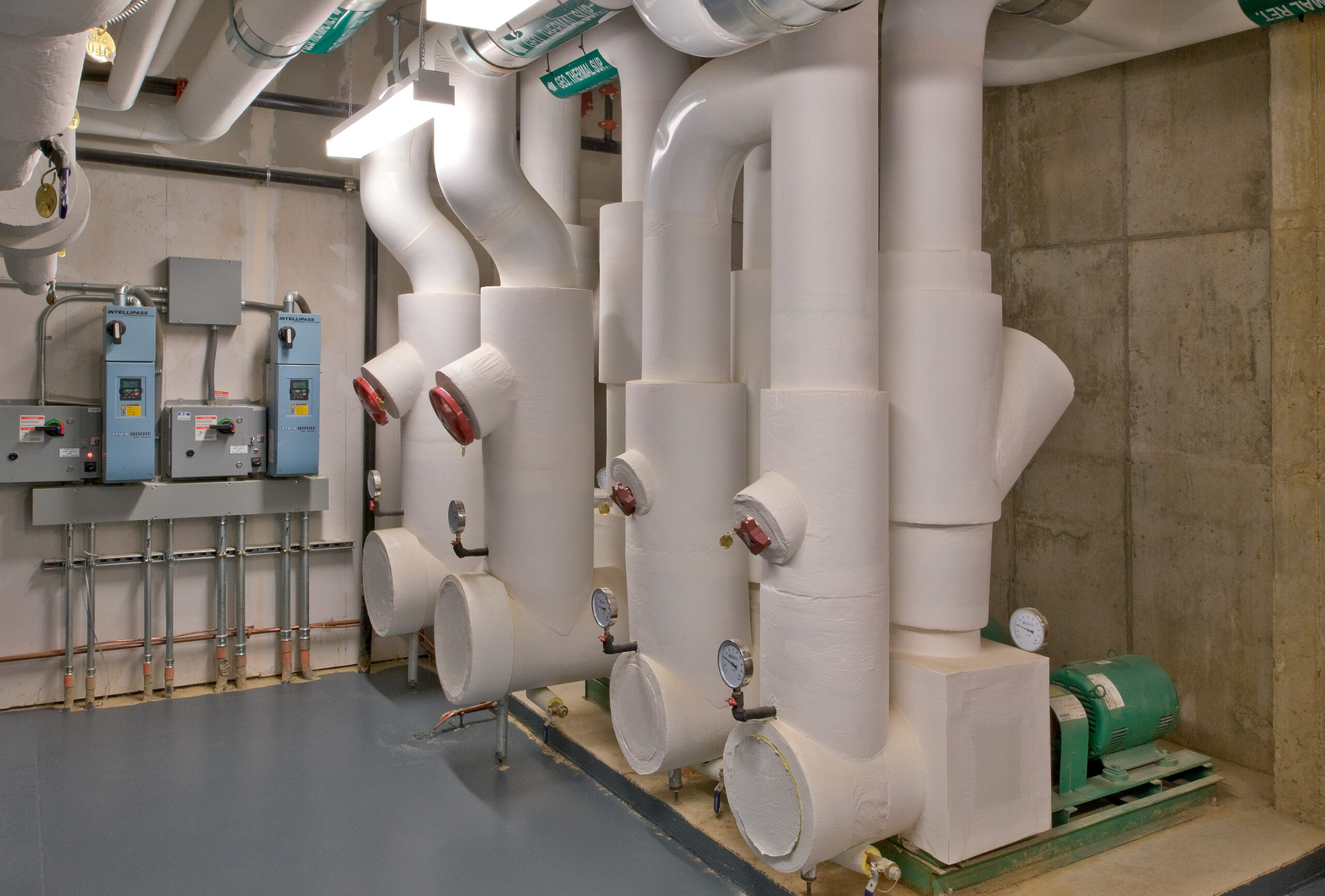
As mandated by the community, sustainable solutions were incorporated into all facets of the design from site elements to building systems to interior finishes. The design team utilized both the USGBC LEED rating system and CHPS (Collaborative for High Performance Schools) guidelines in designing the building and campus. Notable features include a closed loop geothermal heat pump system, heat recovery ventilating units, solar thermal heating panels, an extensive green roof, low-flow plumbing fixtures, high efficiency light fixtures, regional and low/no VOC recycled building materials, and a highly insulated building envelope design. The school operating costs for energy consumption have been analyzed and the findings show that the school utilizes 65% less energy than a standard building.
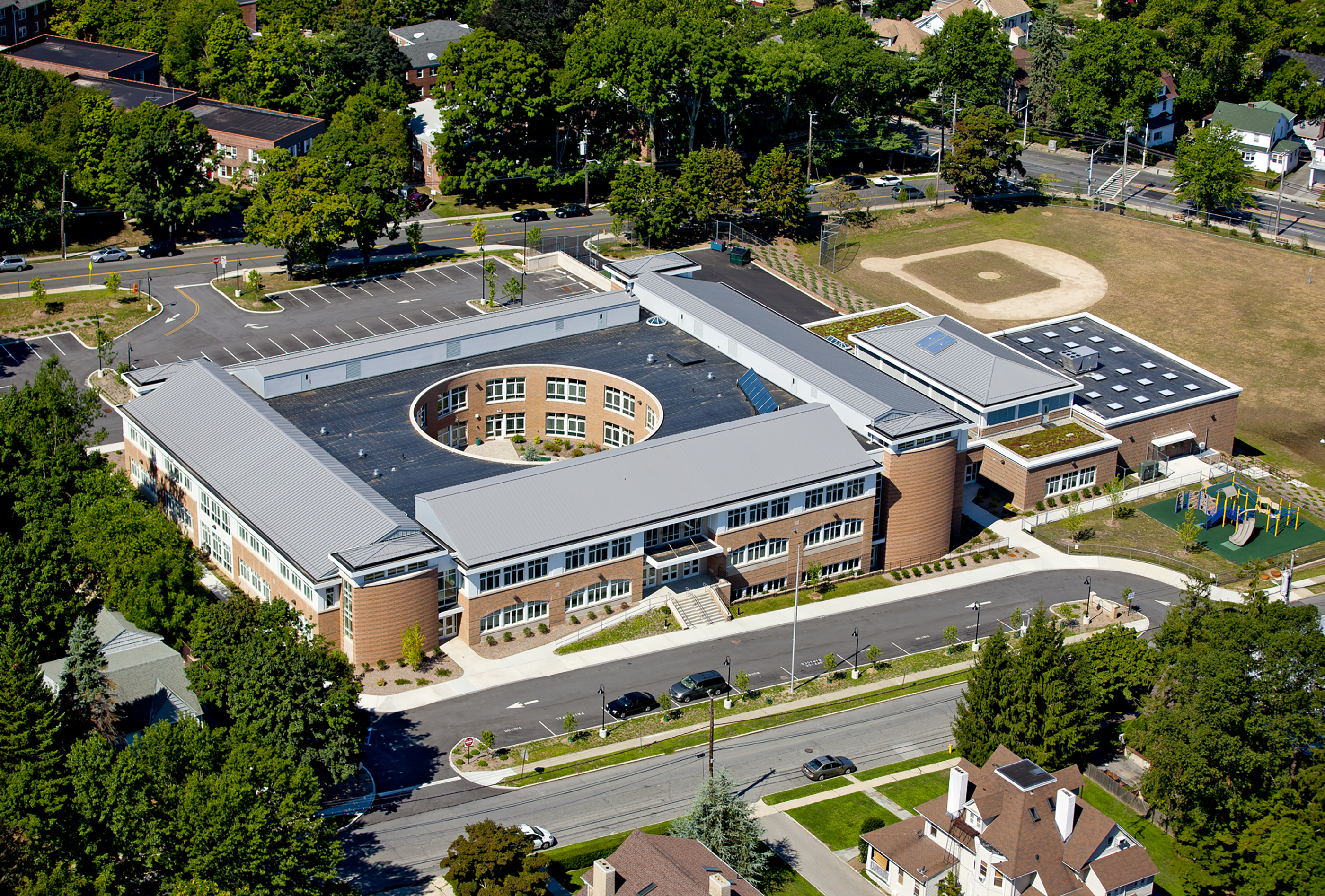
Natural light was also a major element in the overall design concept; the circular courtyard brings natural light into the core and interior corridors of the building and individual classrooms utilize day-lighting techniques. The classrooms control natural light through interior mounted light shelves, which minimize direct sunlight glare, ‘bounce’ light to the ceiling, and reduce the need for artificial light. The corridors and stairwells also incorporate daylight through ‘wayfinding’ skylights and expansive window walls, which highlight the exterior views and current weather/seasonal conditions. The garden level cafeteria and lobby areas use both large sections of windows and skylights to bring in sunlight and reduce energy usage.